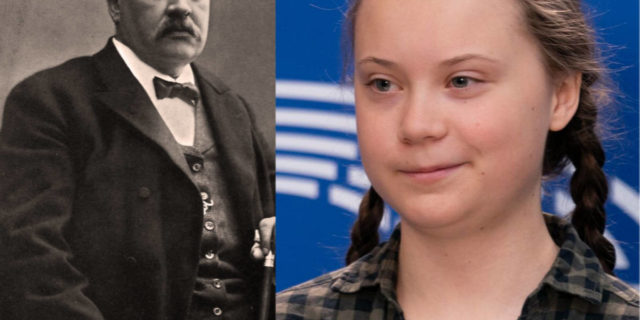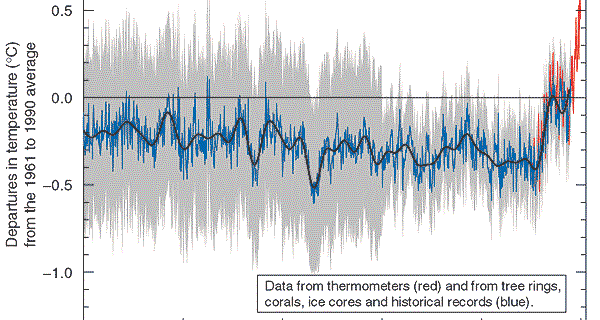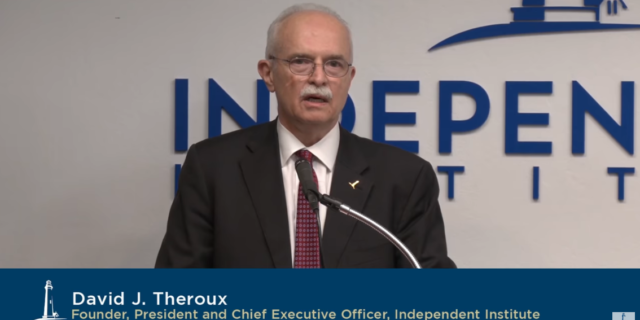Calculating r and r2

How to calculate r and r2 in one easy lesson.
Our mission is to educate the largest number of citizens possible on the fraudulent science, politics, and business of the deceptive carbon dioxide based anthropogenic global warming hypothesis through rigorous scientific experimentation and analysis, and the false viability of “renewable” energy sources; thereby negating the green energy agenda of America’s elected leaders, leading to the removal of carbon dioxide from the U.S. EPA’s 2015 Endangerment Finding and the elimination of all carbon regulation, taxes, and trading worldwide.

How to calculate r and r2 in one easy lesson.

WUWT October 14, 2019 Guest essay by By Walter Starck Science is, above all, a search for understanding based on a primacy of reason and evidence, with all findings subject to revision in accord with further evidence or more comprehensive explanation. The highest achievement in science is to discover a new or better understanding that can extend or replace an existing one. The other major systems of organized understanding are ideology and religion. In these systems, understanding derives from what is deemed to be revealed truth, which is unethical even to question. Reason and evidence are subordinated to a supporting …

Principia Scientific By B.E. Vaillant | October 13, 2019 Is fame random? Or, is fame the result of access to power? The recent prominence of Greta Thunberg is a case in point. Did she become famous for simply being photographed sitting alone in front of the Swedish parliament building, on strike for the environment? Or, did she inherit the mantle of an eco-prophet? Is she just an ordinary, outraged young woman, or someone with deep family links to environmentalism, and who thus has all the right connections? For those that might not know, Greta supposedly shot to fame when the aforesaid …

Bud Bromley October 12, 2019 More than 10 years ago, Dr. Roy Spencer explained (1) in detail with examples why the climate models are wrong. All models were overstating climate sensitivity to greenhouse gases. The models were all (at the time) too sensitive to radiative forcing because they had misunderstood feedback processes, that is, feedback is an effect of radiative forcing, not a cause. His blockbuster revelation was that ALL feedback from radiative emissions from greenhouse gases is negative. This note confirms Dr. Spencer’s conclusion at the molecular level. In the troposphere, the layer of air closest to earth’s surface, …

Manhattan Contrarian August 26, 2019 | Francis Menton The Michael Mann “Hockey Stick” is suddenly back in the news. It’s been so long since we have heard from it, do you even remember what it is? The “Hockey Stick” is the graph that took the world of climate science by storm back in 1998. That’s when Mann and co-authors Raymond Bradley and Malcolm Hughes published in Nature their seminal paper “Global-scale temperature patterns and climate forcing over the past six centuries.” A subsequent 1999 update by the same authors, also in Nature (“Northern Hemisphere Temperatures During the Past Millennium: Inferences, …

WND Exclusive: Pat Boone continues his challenge to disgraced ‘hockey stick’ fabricator By Pat Boone | October 11, 2019 Dear reader, fellow citizen: I hope you remember a column recently in this space in which I let you know about a monumental development in this whole “global warming” panic. I shared with you the results of a little-reported court trial that detailed the embarrassing exposure of the most quoted “climate expert” as a total fraud! My purpose is to free us all from this ridiculous “Sky is Falling” scam and its primary “Chicken Little.” Now for a follow up, a …

Is global warming real? Have any such predictions been established scientifically? Would massive “carbon” taxes and other controls put America and the world—especially the poor—at great risk? At this special event, geoscientist and astrophysicist Willie Soon separates fact from fiction in the global warming debate. He explains why the forecasts from CO2 climate models have been so wrong—and why solar influences on clouds, oceans, and wind drive climate change, not CO2 emissions. Stanford University physicist Elliott Bloom then comments. “The whole point of science is to question accepted dogmas. For that reason, I respect Willie Soon as a good scientist …
Quadrant 23rd September 2019 Tony Thomas There’s a top-level oceanographer and meteorologist who is prepared to cry “Nonsense!”on the “global warming crisis” evident to climate modellers but not in the real world. He’s as well or better qualified than the modellers he criticises — the ones whose Year 2100 forebodings of 4degC warming have set the world to spending $US1.5 trillion a year to combat CO2 emissions. The iconoclast is Dr. Mototaka Nakamura. In June he put out a small book in Japanese on “the sorry state of climate science”. It’s titled Confessions of a climate scientist: the global warming …
A. Einstein The formal similarity of the curve of the chromatic distribution of black-body radiation and the Maxwell velocity-distribution is too striking to be hidden for long. Download PDF This browser does not support PDFs. Please download the PDF to view it..
By Andy May Soon, Connolly and Connolly (2015) is an excellent paper (pay walled, for the authors preprint, go here) that casts some doubt about two critical IPCC AR5 statements, quoted below: The IPCC, 2013 report page 16: “Equilibrium climate sensitivity is likely in the range 1.5°C to 4.5°C (high confidence), extremely unlikely less than 1°C (high confidence), and very unlikely greater than 6°C (medium confidence).” Page 17: “It is extremely likely that more than half of the observed increase in global average surface temperature from 1951 to 2010 was caused by the anthropogenic increase in greenhouse gas concentrations and …